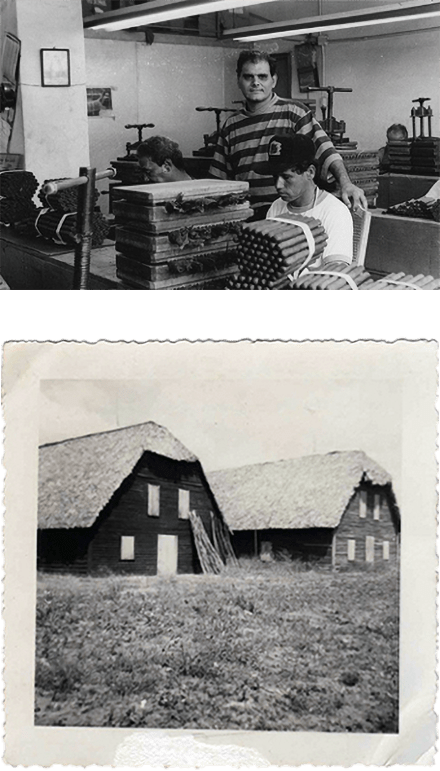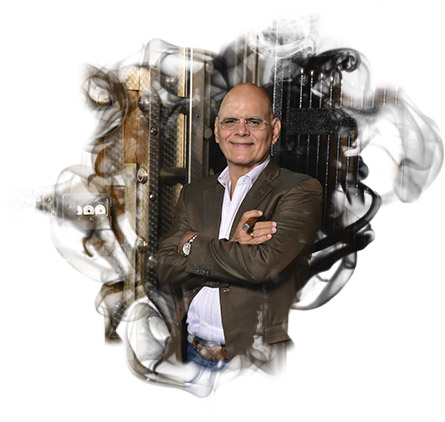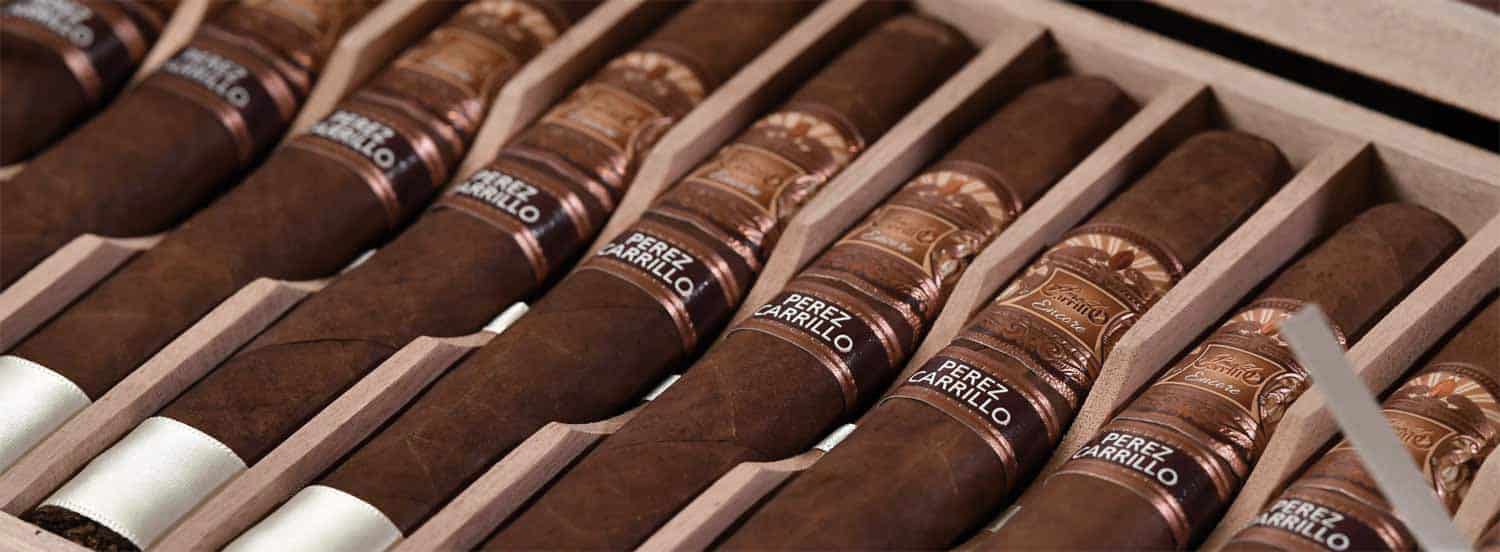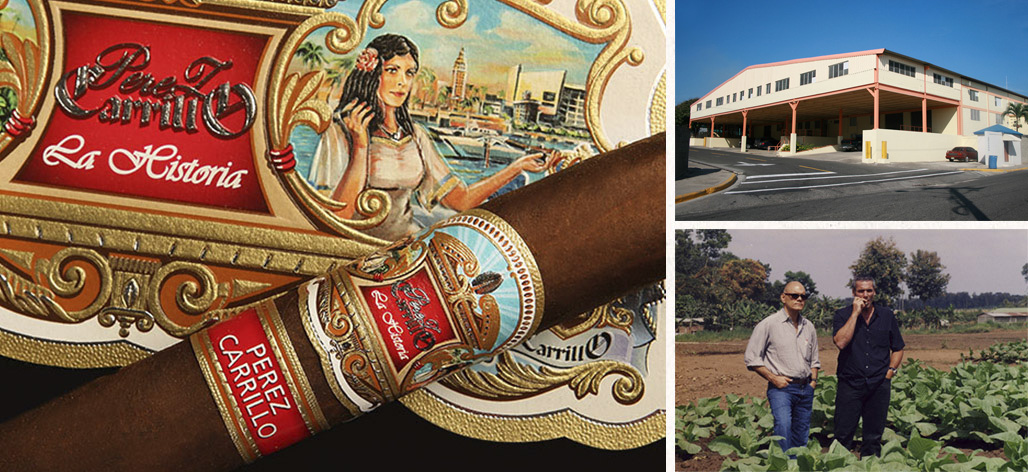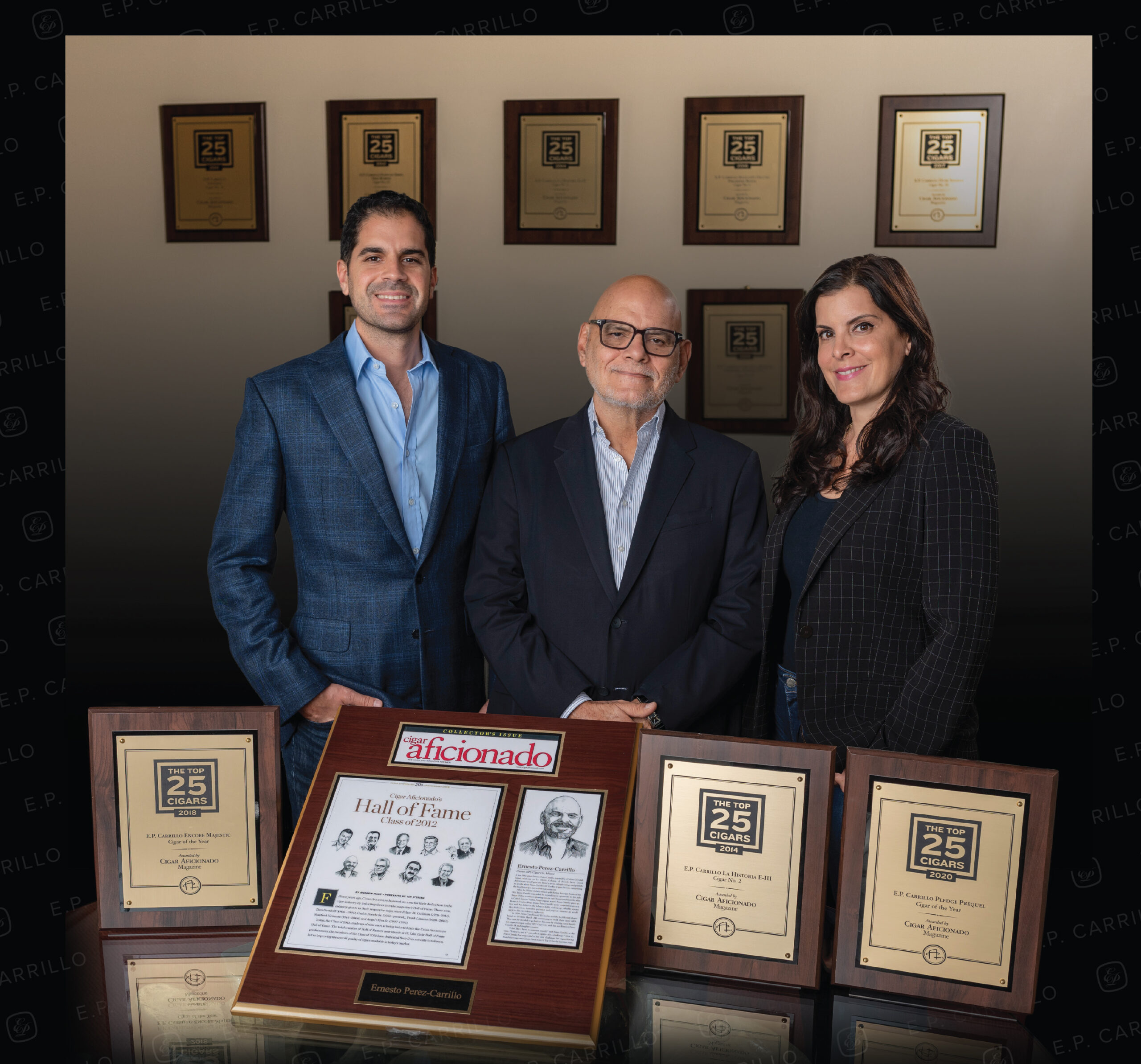“To me, Miami was supposed to be a stepping stone – a place to gather ourselves before I made it big in New York as a jazz musician. Things happen for a reason, and it’s clear now that Miami was the right place for me, and the place that pushed me to discover – and master – my true calling in life.”
– Ernesto Perez-Carrillo
![]()
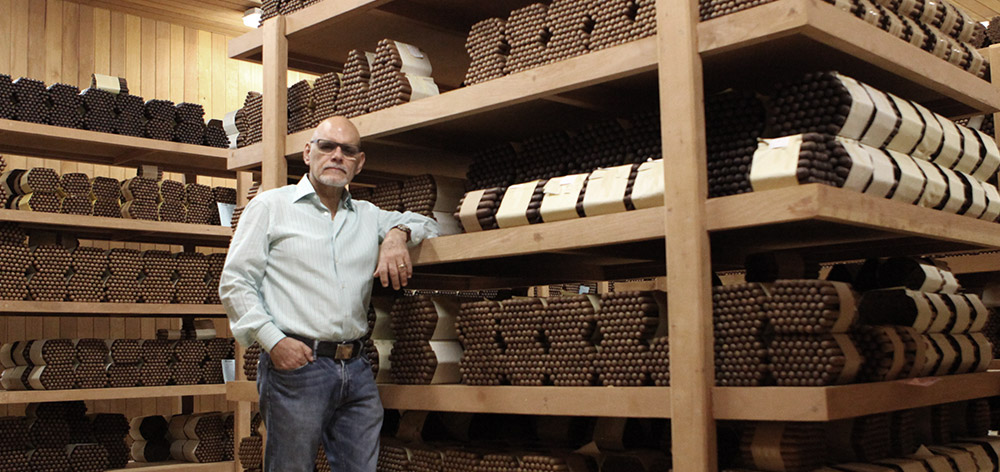
The Early Years
The roots of the Perez-Carrillo family are in Cuba, where Ernesto Sr. was born in 1904. He began learning about tobacco and cigars early in his childhood from his father who rolled and sold penny cigars in the streets of Havana. After working as a tobacco buyer for many years, Ernesto Sr. launched the family cigar dynasty in 1948 when he purchased El Credito, a small cigar factory in Havana. The Perez-Carrillo family became well-respected in Cuba, and Ernesto Sr. was elected to the Senate in 1954 and 1958.
But, as the Cuban Revolution took hold and Castro gained control of Cuba, the Perez-Carrillo family’s life changed forever. Ernesto Sr. was arrested several times for his political beliefs, and the government confiscated the family’s properties including the beloved El Credito factory. Fearing for their safety, the family fled to Miami, but not before leaving Ernesto with a lasting impression of his homeland. During a Cigar Aficionado interview taken in the early 1990’s, young Ernesto (Jr.) recalled the events around the time of the Cuban Revolution, “I remember when Castro came into Havana. I looked up in the sky and saw warplanes. Tanks were in the streets. It was a wild scene. I was only six at the time. I didn’t think it was the end of the world, but there was a sense of insecurity.”

